In today’s rapidly advancing technological era, lighting fixtures have evolved beyond their conventional on-off switches. Dimmers have become increasingly popular as they offer a versatile and customizable lighting experience in homes, offices, and various other settings. Whether you are looking to set the mood for a cozy evening, create an ambiance for a romantic dinner, or simply reduce energy consumption, dimmers provide a practical solution.
Contents
In this article, we will delve into the world of dimmers, exploring their functionality, different types available, and the advantages they bring to our daily lives. By the end, you will have a comprehensive understanding of what a dimmer is and how it can enhance your lighting experience.
What Is a Dimmer
A dimmer is an electronic device used in the lighting industry to adjust the intensity of light emitted by a light source. Dimmers give users control over the brightness level of a light source, allowing them to create different lighting effects and set the desired ambiance. Using a dimmer, you can create different lighting effects, set the mood, or save energy by reducing the amount of light emitted.
Dimmers are commonly used in residential, commercial, and theatrical settings. In homes, they are installed in living rooms, bedrooms, and dining areas to create different moods for activities such as watching TV, reading, or entertaining guests. In commercial spaces, dimmers are used in restaurants, hotels, and retail stores to create a welcoming and inviting atmosphere. In theaters and performance venues, dimmers are crucial for controlling stage lighting and creating dramatic effects.
How Does a Dimmer Work
A dimmer works by adjusting the amount of electrical current flowing to the light fixture, which in turn affects the brightness of the light. The specific method used by a dimmer to achieve this control depends on its type and technology.
At its core, a dimmer consists of a switch and a control mechanism. The switch allows you to turn the light on and off, while the control mechanism enables you to adjust the brightness level. When you turn the switch on, the dimmer allows electricity to flow to the light fixture. By adjusting the control mechanism, you can increase or decrease the amount of electricity flowing to the fixture, thereby controlling the brightness of the light.
Dimmers use different control devices, such as Triacs or microprocessors, to regulate the switching of power. Triacs are semiconductors similar to transistors, while microprocessors offer advantages such as greater reliability, quieter operation, lower cost, and smaller controls.
Dimmers also use different methods to regulate the flow of electricity. One common type is the leading-edge dimmer, which works by cutting off a portion of the electrical waveform.
Leading-edge dimmers work by cutting off a portion of the incoming alternating current (AC) waveform. This reduction in the amount of power delivered to the light source results in a dimmer light output. Leading-edge phase control dimmers are commonly used with incandescent and halogen lamps.
Maybe You Are Interested In
Another type is the trailing-edge dimmer, which works by delaying the electrical waveform and is commonly used with LED and CFL bulbs, electronic transformers and dimmable LED lamps.
Another method used by some dimmers is pulse-width modulation (PWM). PWM dimmers rapidly switch the power on and off at a high frequency, creating the illusion of dimming by varying the width of the pulses. This method is commonly used with LED lamps and provides smoother dimming performance.
Not all light fixtures are compatible with dimmers. Some fixtures, such as certain types of fluorescent lights, may require specific dimmers that are designed to work with them.
Types of Dimmers
Dimmer switches come in various types, each offering unique features and capabilities to control the brightness of lights. Let’s explore some of the most common types of dimmers:
Touch Dimmer
Touch dimmers allow you to vary the intensity of the lighting by depressing a button or tapping a touch-sensitive surface. They have gained popularity due to their sleek design and ease of use. Some touch dimmers even have indicator lights that provide a continual readout of the lighting intensity. Touch dimmers provide a modern and sleek look to any space.
Slide Dimmer
Slide dimmers provide manual control over the lighting intensity. It has a sliding control mechanism that allows users to adjust the brightness by moving a slider up and down to their desired level. Some slide dimmers even have a button that automatically slides the switch back to the previous lighting level.
Rotary Dimmer
Rotary dimmers feature a dial or knob that can be rotated to adjust the brightness of the lights. Rotary dimmers offer full-range, manual dimming control. By turning a dial, you can adjust the brightness of the lights.
Some rotary dimmers also feature a push-button operation for turning the lights on and off and returning to the previous lighting level. These dimmers are simple to use and are often found in residential settings.
Looking For Motion-Activated Energy-Saving Solutions?
Contact us for complete PIR motion sensors, motion-activated energy-saving products, motion sensor switches, and Occupancy/Vacancy commercial solutions.
Wireless Dimmer
Wireless dimmers have gained popularity due to their convenience and provide the convenience of controlling the lighting levels without physical switches or knobs. These dimmers can be operated through smartphone apps or remote controls, allowing users to adjust the brightness from anywhere within the range. Wireless dimmers are ideal for smart homes and can be easily integrated with other smart devices.
LED Dimmer
LED dimmers are specifically designed to work with LED lights, which have different electrical characteristics compared to traditional bulbs. LED lights require dimmers that are compatible with their low voltage and electronic drivers to prevent flickering or buzzing. These dimmers ensure smooth and flicker-free dimming performance for LED lights, allowing you to enjoy the full range of brightness levels without any issues.
Programmable Dimmer
Programmable dimmers allow you to create customized lighting scenes and schedules. You can set specific lighting levels for different times of the day or for specific activities. These dimmers often come with built-in memory and timers, making them suitable for commercial settings such as restaurants, hotels, and offices.
Digital Dimmer
Digital dimmers use advanced technology to provide precise control over lighting levels. They often feature digital displays and buttons for adjusting the brightness. Digital dimmers offer more customization options and can be programmed for specific lighting scenes.
Smart Dimmer
Smart dimmers are part of a larger smart lighting system that can be controlled through voice commands or smartphone apps. These dimmers often have built-in Wi-Fi or Bluetooth connectivity, allowing users to create schedules, set scenes, and control the lights remotely.
Advantages of using a Dimmer
Dimmers offer several advantages in the lighting industry. Let’s explore some of the key benefits of using a dimmer:
Energy Savings
Dimmers allow users to adjust the brightness of the lights according to their needs, resulting in energy savings. By reducing the light output, dimmers can significantly reduce energy consumption and lower electricity bills. Dimming your lights can lead to energy savings of up to 18-20% on your lighting costs.
Extended Bulb Life
Dimming the lights can extend the lifespan of bulbs. When lights are dimmed, they operate at a lower power level, reducing the stress on the filament or LED chips. This can result in longer-lasting bulbs and reduced replacement costs. Dimming the lights can double or triple the life of an everyday light bulb.
Mood and Ambiance
Dimmers provide the ability to create different moods and ambiance in a space. Whether it’s a romantic dinner, a cozy movie night, or a bright and vibrant gathering, dimmers allow users to adjust the lighting to suit the desired atmosphere. By dimming the lights, you can control the look and feel of any room.
Flexibility and Control
Dimmers offer flexibility and control over the lighting in a room. Users can easily adjust the brightness levels to meet their specific needs and preferences. This allows for customization and adaptability in different situations. Dimmers provide personal control of your lighting décor, making tasks such as working on hobbies or using the computer more productive and enjoyable.
Improved Comfort and Well-Being
Bright lights can sometimes be harsh and uncomfortable, especially in the evening or during relaxation time. Dimmers provide the ability to soften the lighting, creating a more comfortable and soothing environment. Dimming your lights can cut home electricity usage by 40% over time and make your bulbs last 20 times longer.
Get Inspired by Rayzeek Motion Sensor Portfolios.
Doesn't find what you want? Don't worry. There are always alternate ways to solve your problems. Maybe one of our portfolios can help.
Visual Appeal
Dimmers can enhance the visual appeal of a space by highlighting certain areas or objects. By adjusting the lighting levels, dimmers can draw attention to artwork, architectural features, or focal points in a room. This can help create a visually appealing and aesthetically pleasing environment.
Increased Lifespan of Other Lighting Components
Dimmers can also help extend the lifespan of other lighting components, such as transformers and drivers. By reducing the load on these components, dimmers can prevent overheating and premature failure. This can result in cost savings and reduced maintenance requirements.

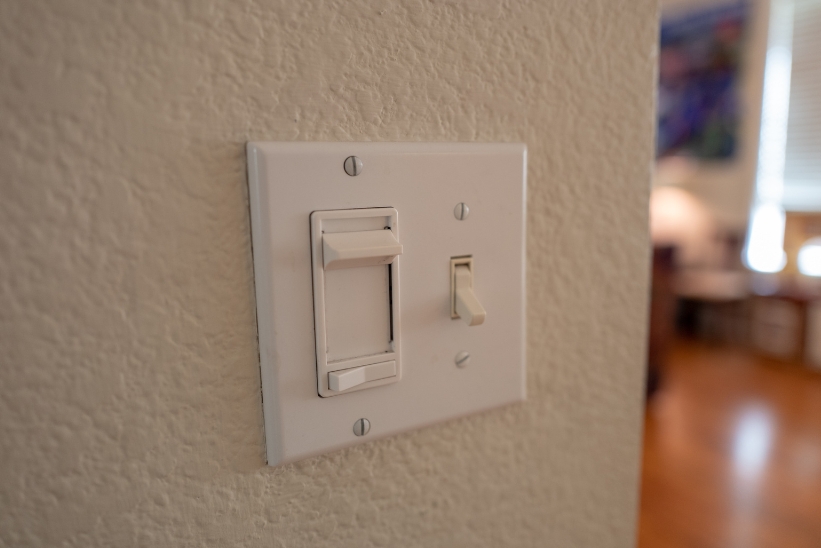
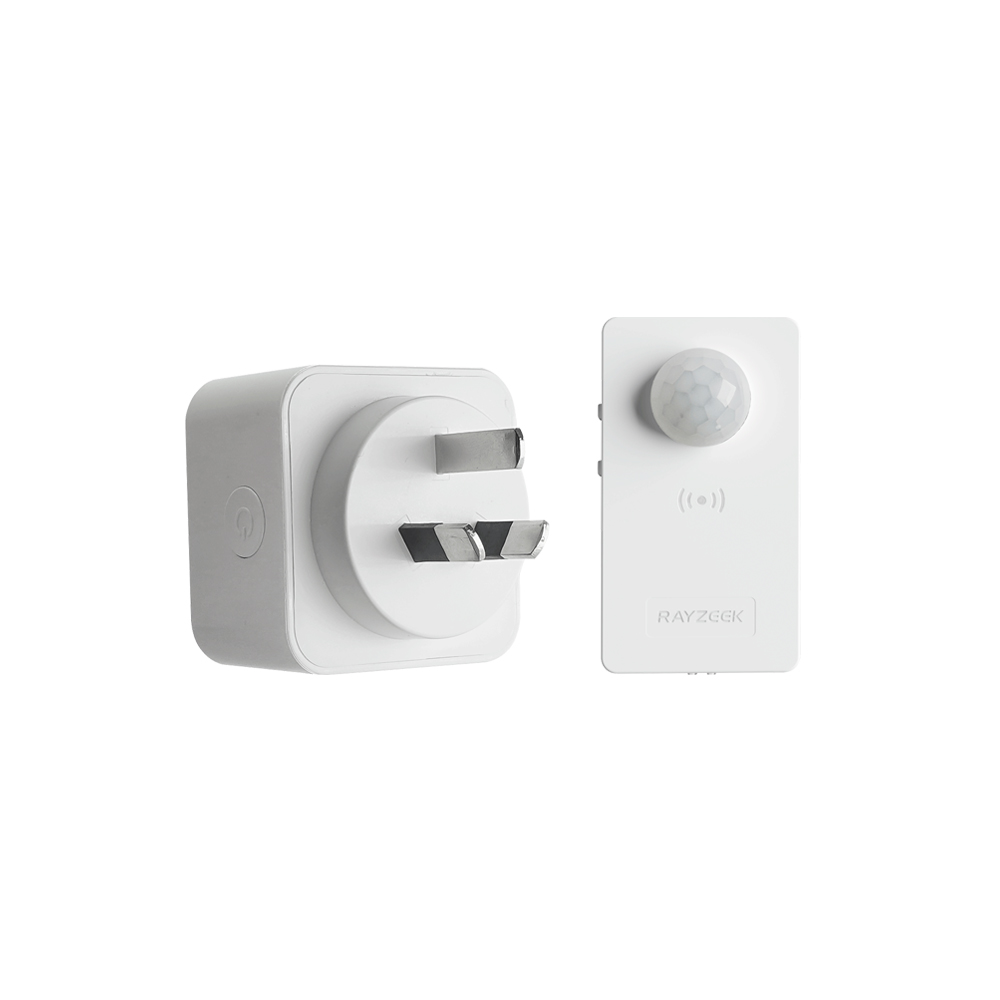
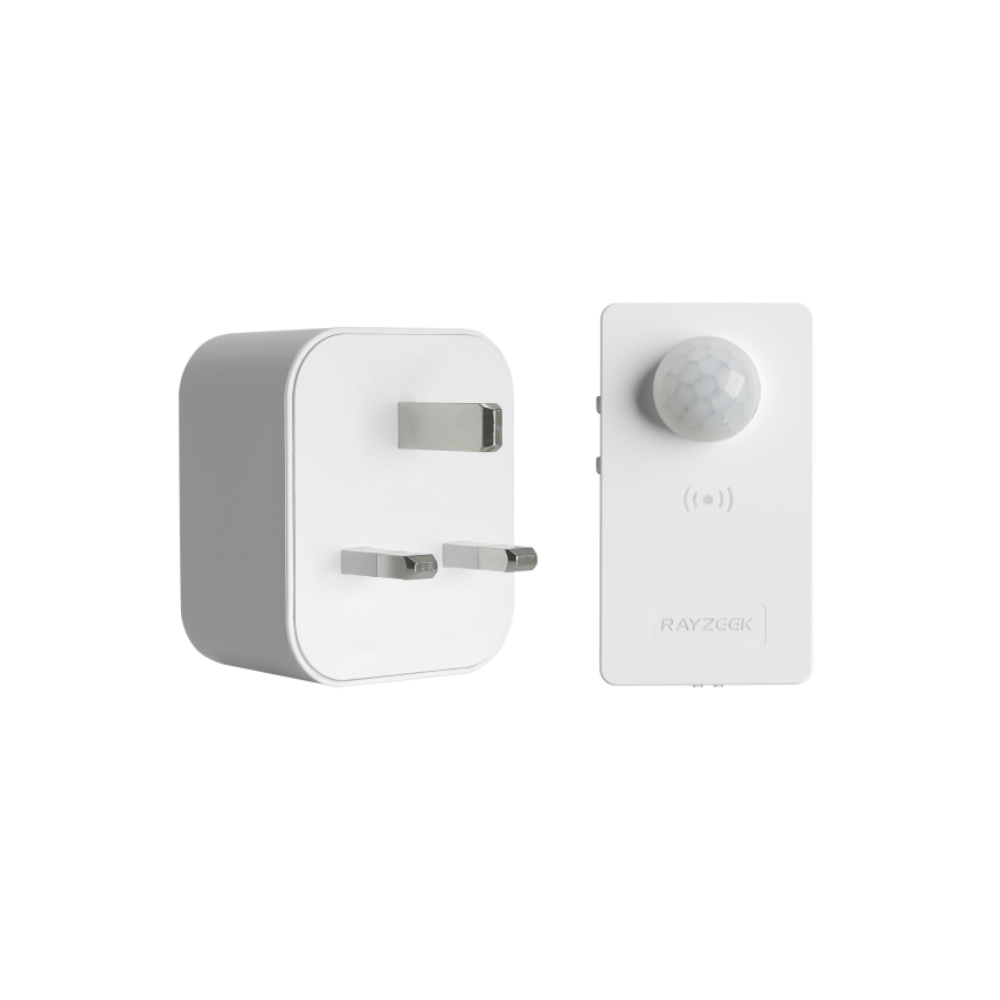
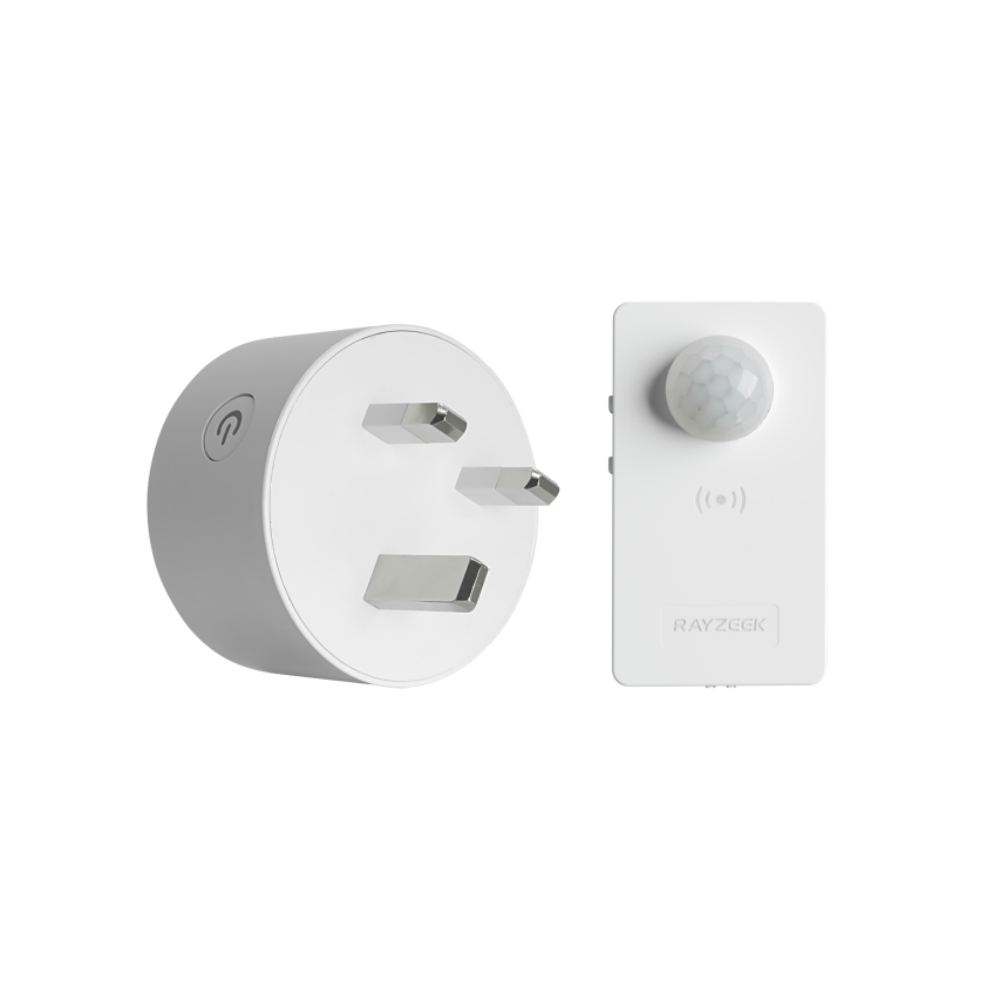
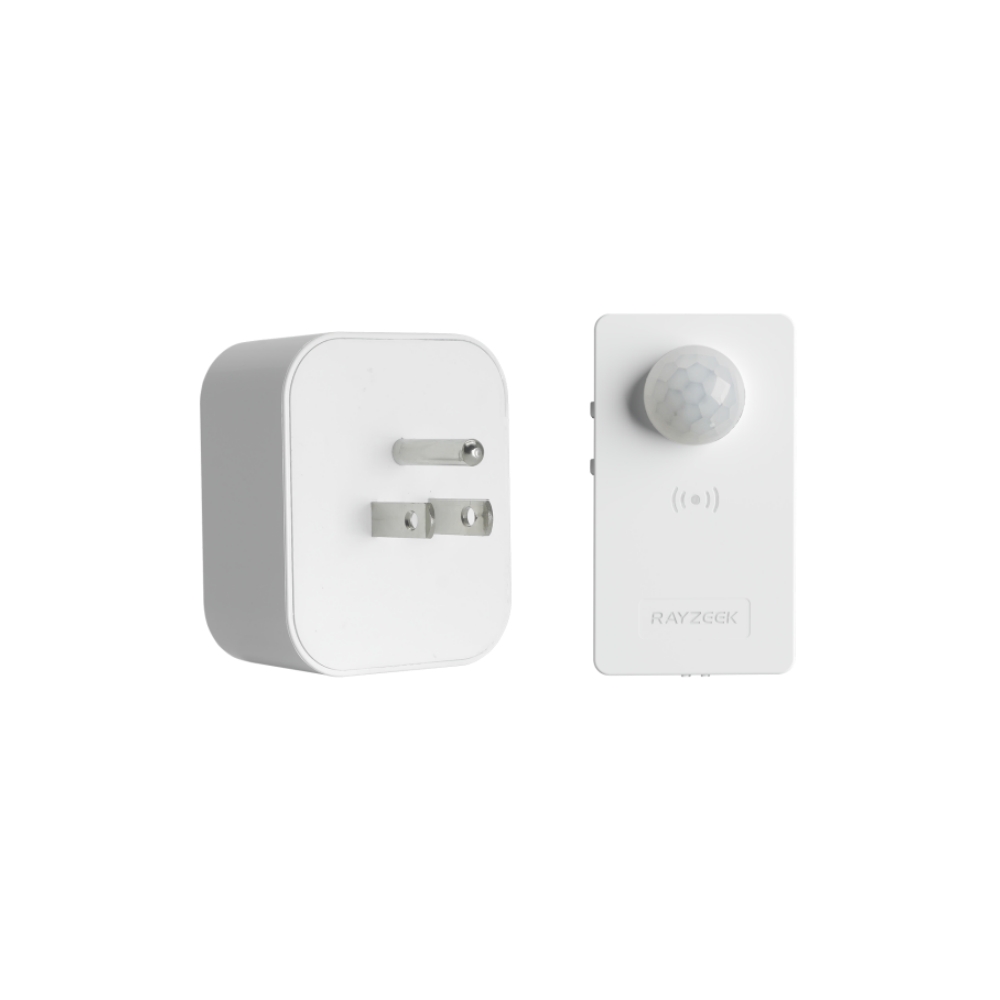
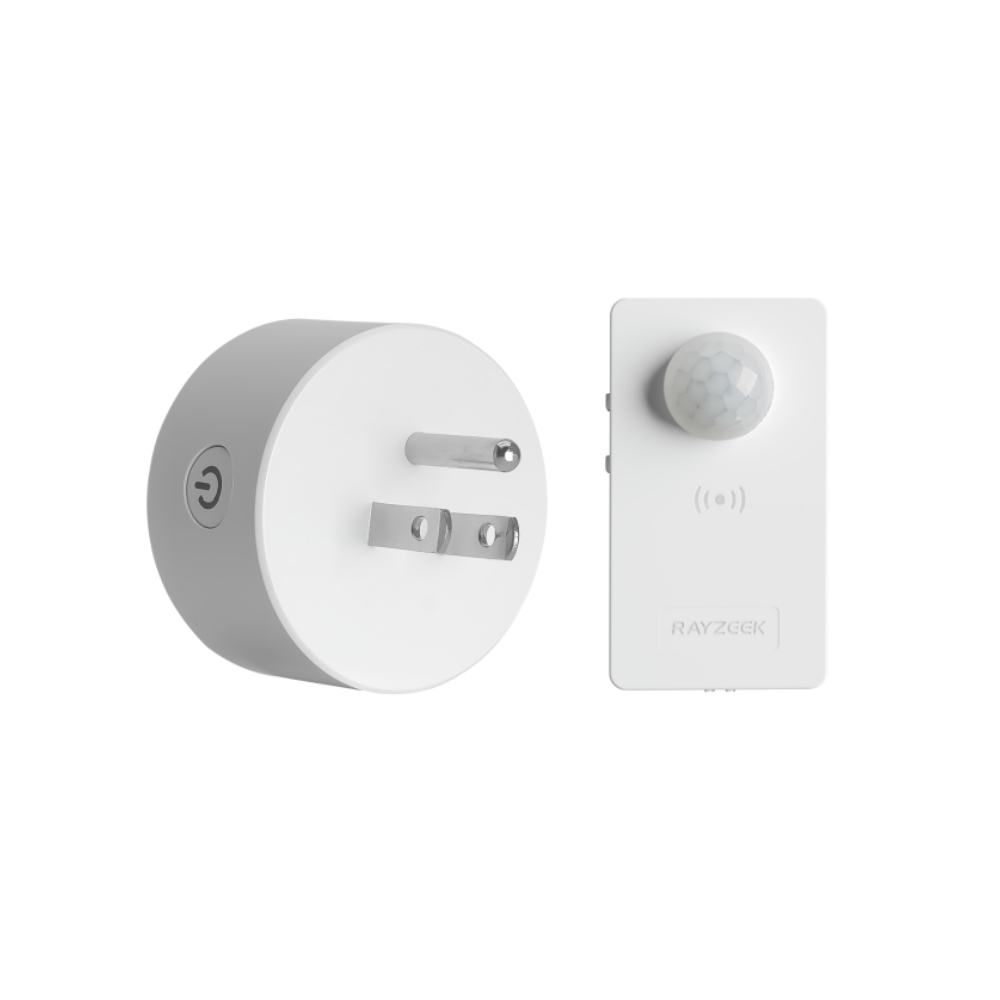
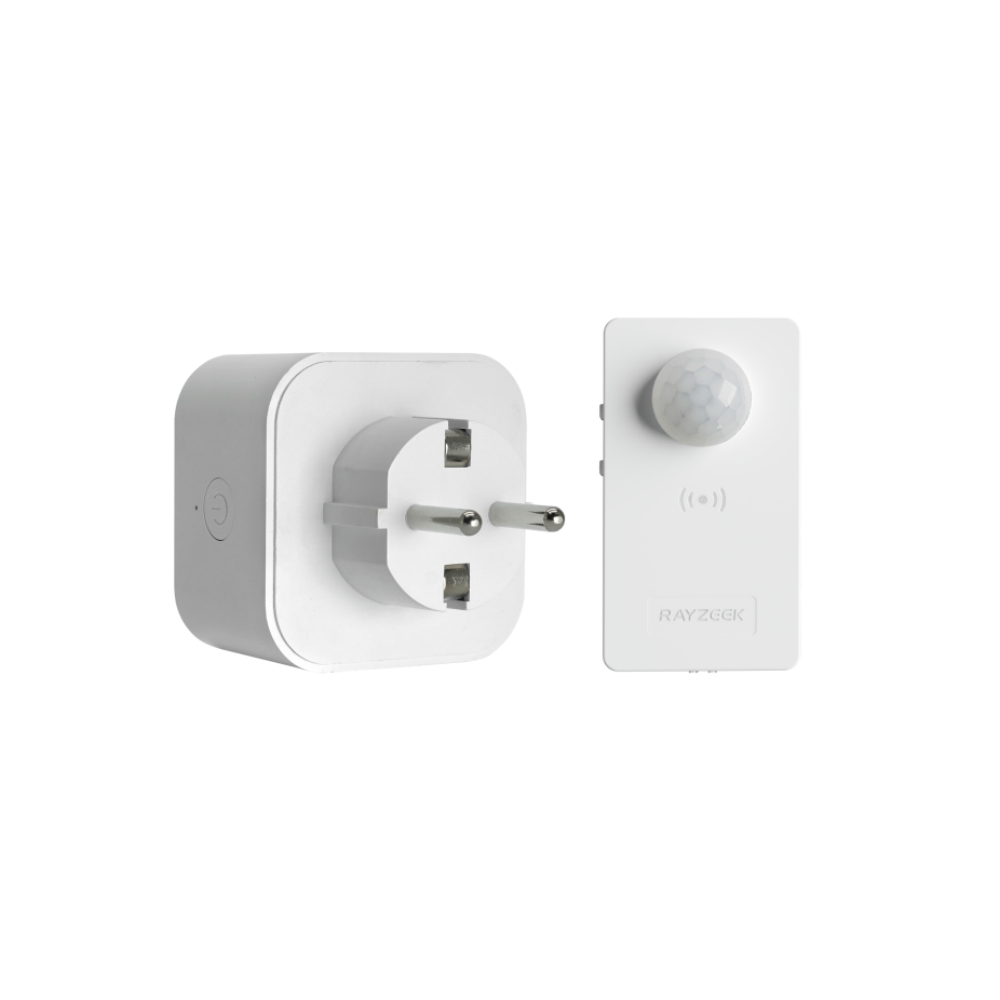
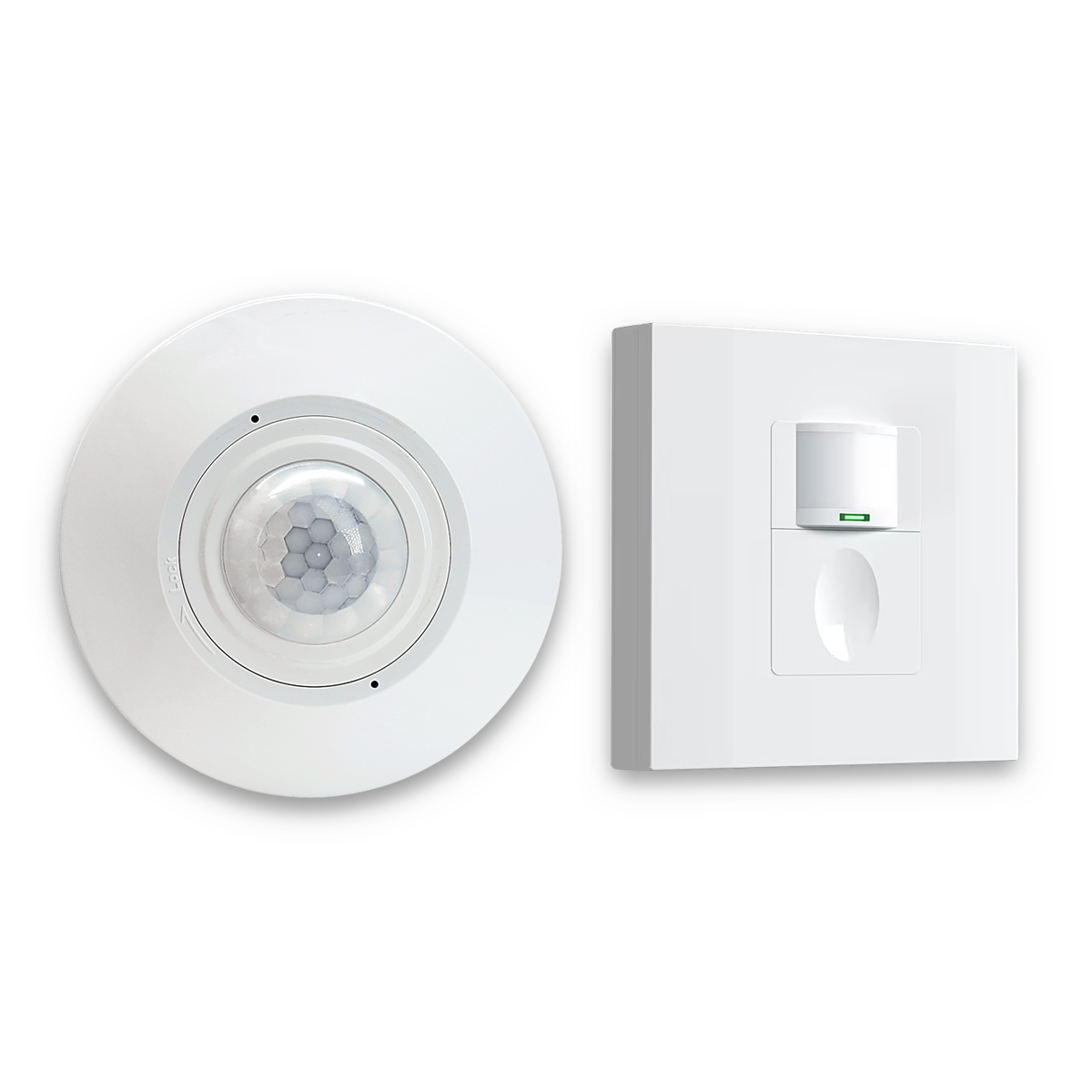



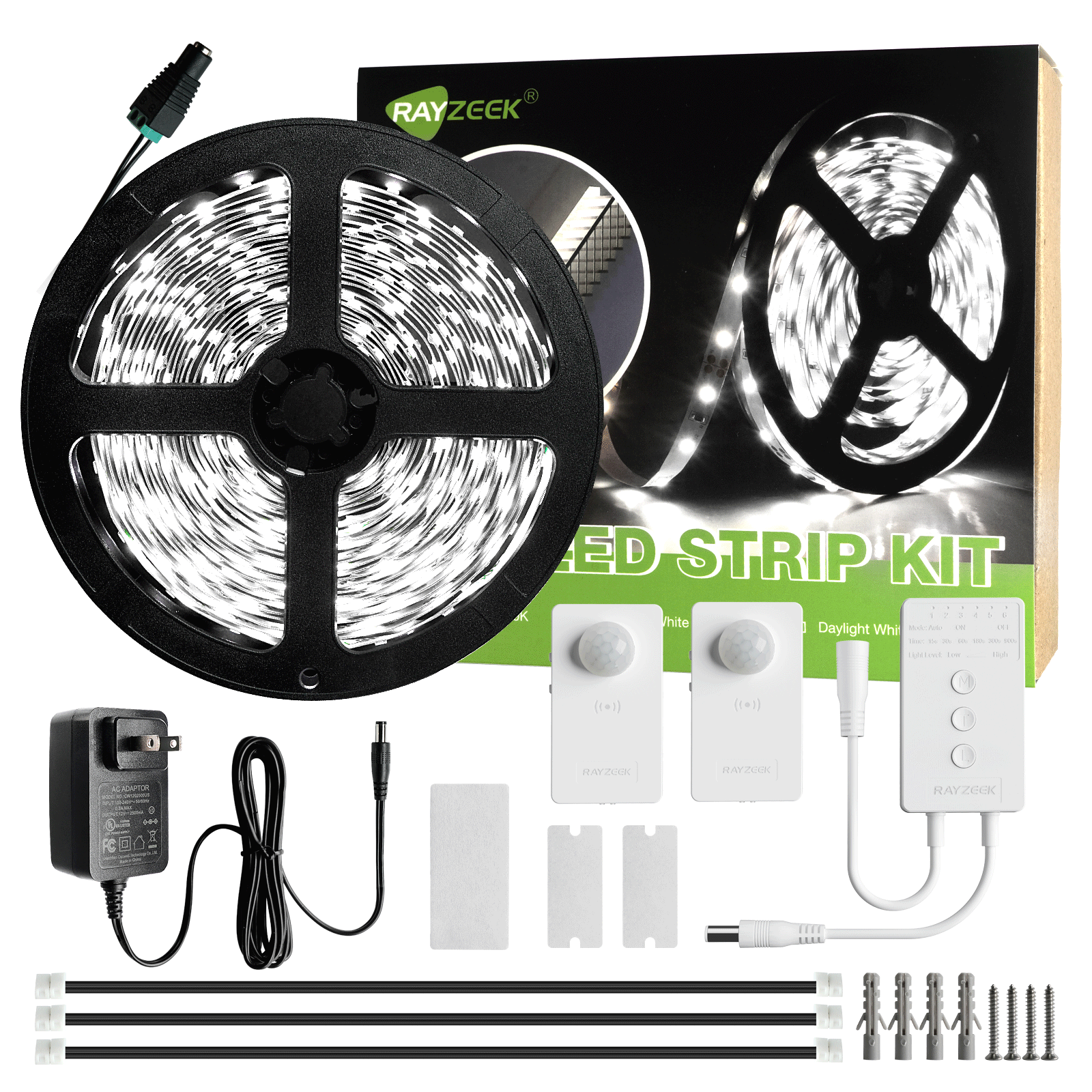



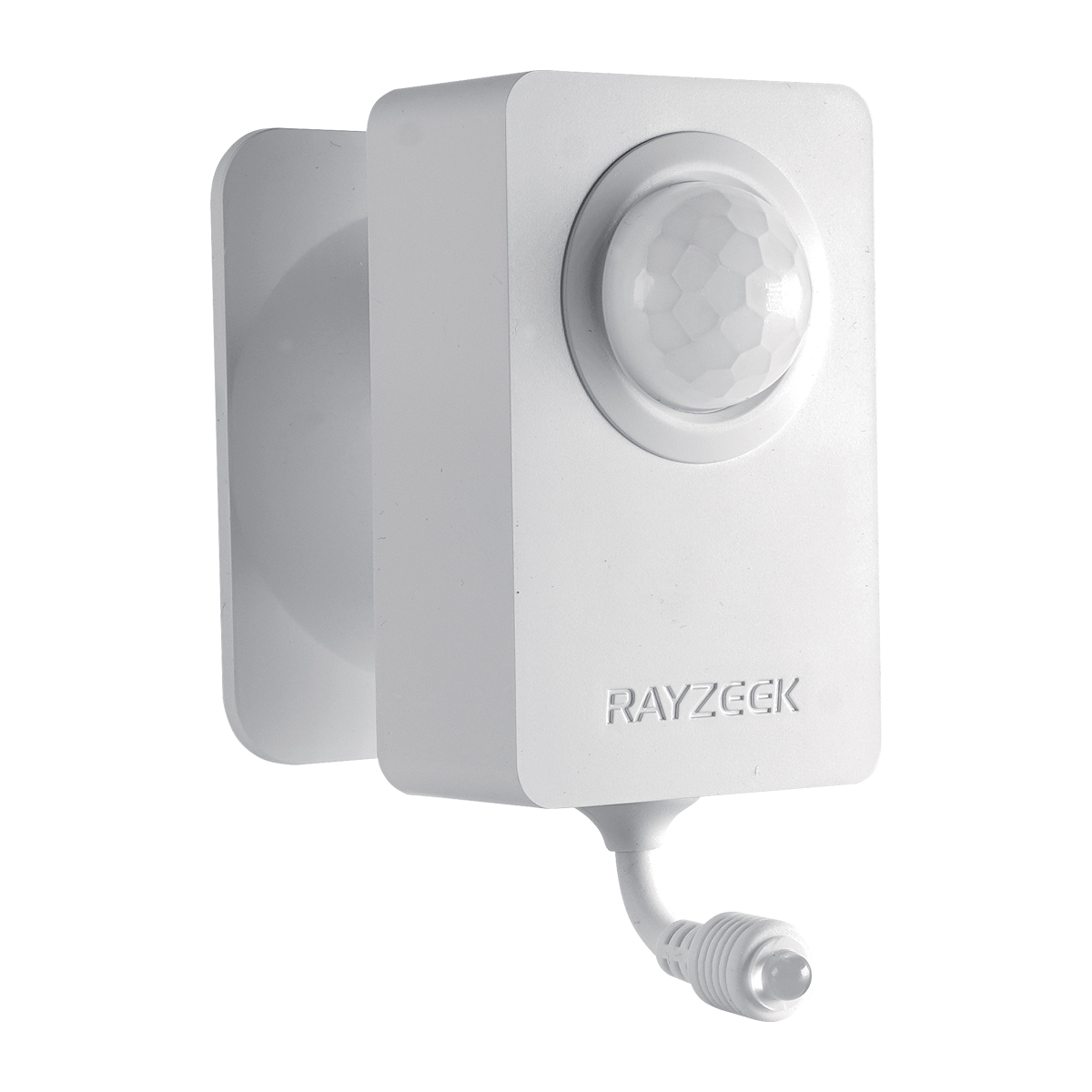
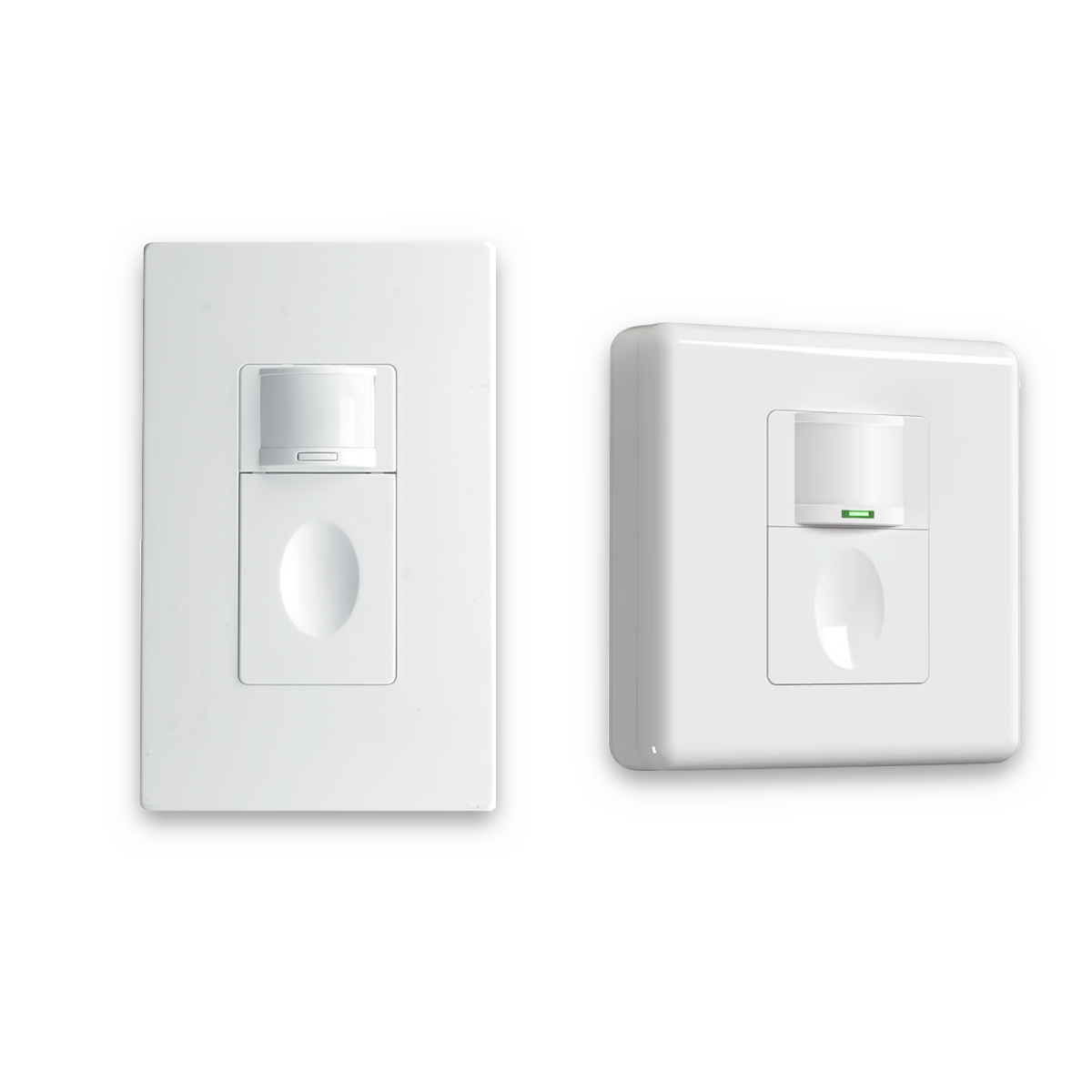
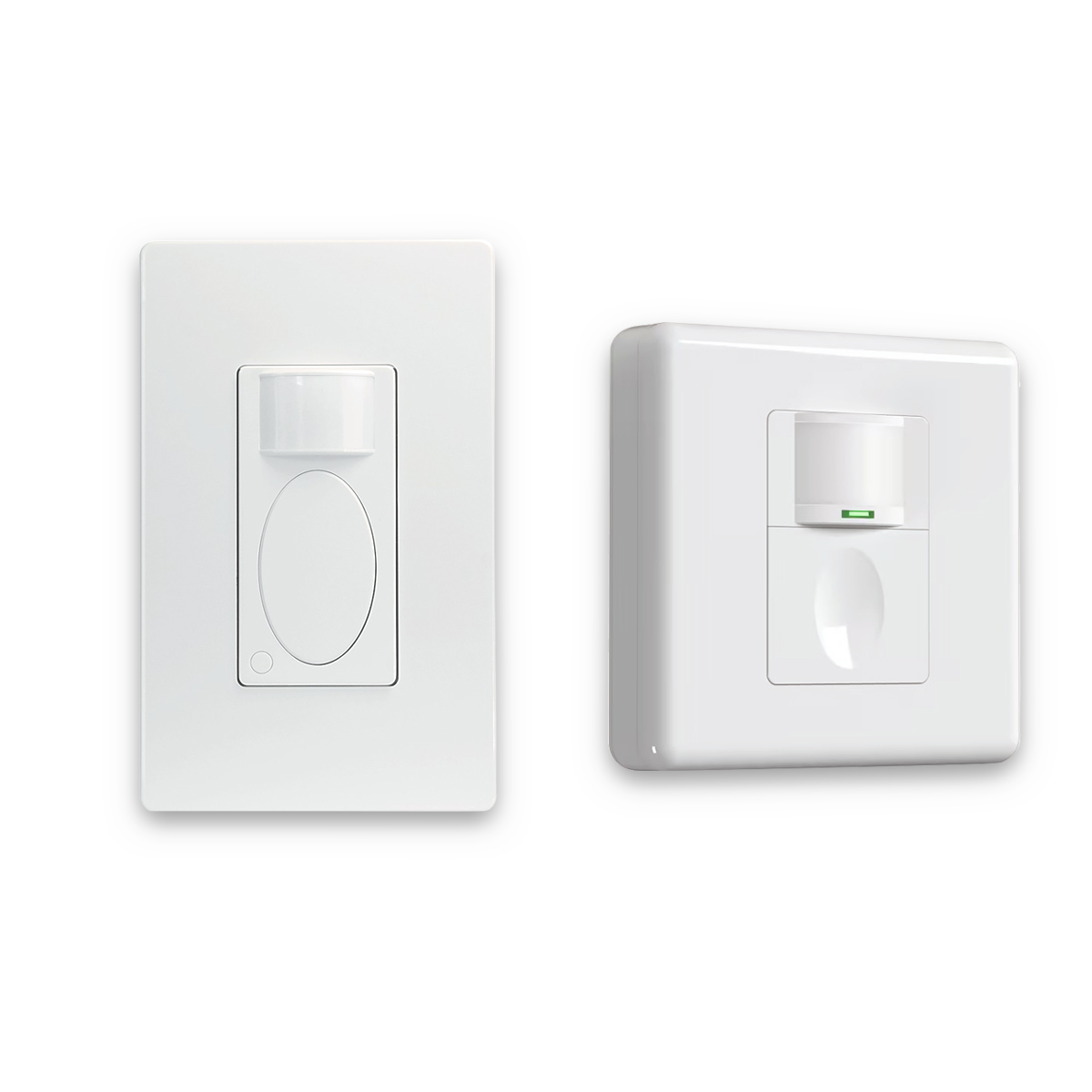
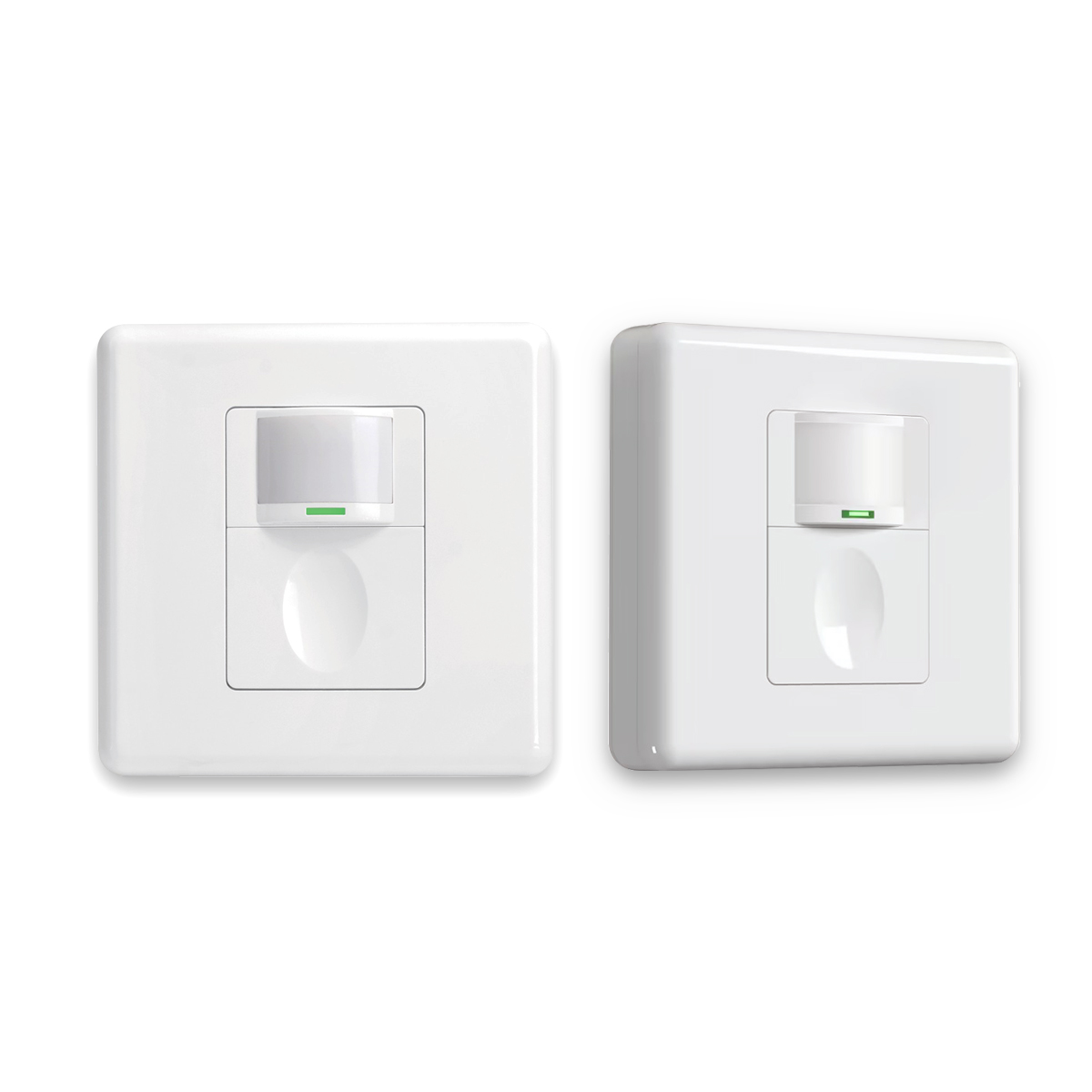








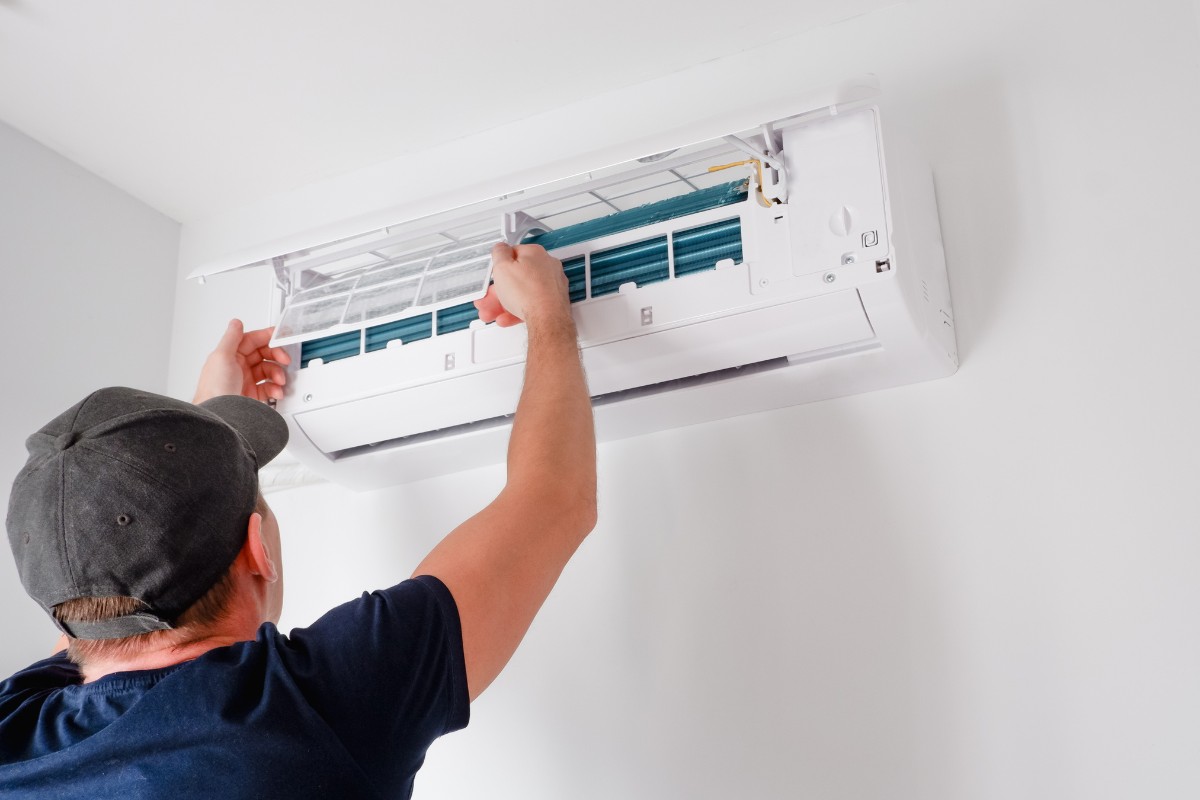

Buna ziua ! m-ar interesa un sistem de iluminat ptr 3 buc stalpi de iluminat , cu posibilitatea de a aprinde becuri separate (sa functioneze becuri odata pe un stalp sau pe doua respectiv trei si sa pot regla intensitatea luminii . Sa fie cu senzori de lumina fiecare cu o lumina de veghe .